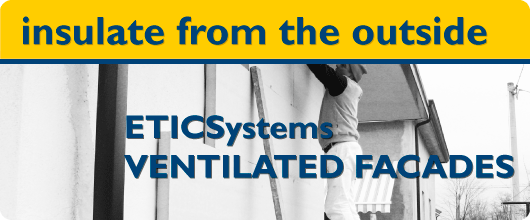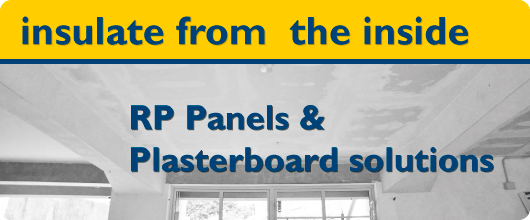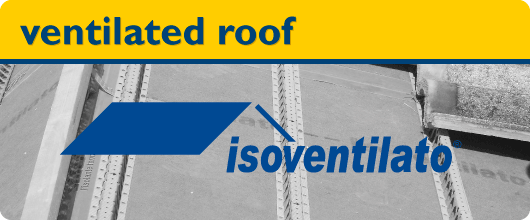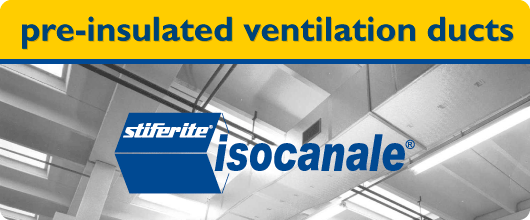FAQ STIFERITE
In this page you may find answers to many questions regarding polyurethane, thermal and acoustic insulation and insulating material for the home. Please write to us if you do not find an answer to your question.
What is the purpose of thermal insulation?
Thermal insulation reduces or prevents the temperature changes from one ambient to another. In general, materials are considered “insulants” when their thermal conductivity value is less than 0,065 W/mK.
What is Thermal Conductivity or the Coefficient of Thermal Conductivity?
The thermal conductivity coefficient defines the material’s ability to conduct heat, and it is often denoted in Lambda (λ), and measured in watts per meter Kelvin (W/m K). It is the quantity of heat that passes a square meter of surface of one meter thick in one hour, and when the difference in temperature between two opposite surfaces is one degree Kelvin.
What is Thermal Transmittance?
Coefficient of global thermal transmittance, normally denoted with U or K, is defined as the quantity of heat that passes a square meter of surface in one hour, and when the difference in temperature between two opposite surfaces is one degree Kelvin. The value differs from the coefficient of thermal conductivity in the thickness of the material.
What is thermal resistance?
It is a measurement by which a material resists a heat flow. It is the relationship between the thickness of a material, expressed in meters, and the thermal conductivity value. The higher the value or resistance the better the thermal insulating material.
What is the Lambda (λ)D value?
It is the thermal coefficient value of the material, taking into consideration 25 years in operation (aged) and found in 90% of new production with 90% of statistical confidence. Included in this value is the aging increment and therefore may be used as the project’s insulating material value in all working conditions (temperature 0-20°C and relative humidity 0-50%).
All insulation material subject to a CE marking must indicate the Lambda (λ)D value.
For different project conditions, temperatures and relative humidity, from what is required by the product standard, the value of (λ)D may be modified using the procedure of the norm UNI EN 10456.
For the products provided with the harmonized norm of the product, the criteria and the increases required by the norm UNI 10351 are not applied.
What is Fire Reaction?
The Fire Reaction is an indication of the level of participation of a material to a fire, when it is subjected to it.
For insulation material subject to a CE marking, the Reaction to Fire performance is evaluated on the basis of the Euroclass system (EN 13501) based on the combination of various harmonized tests. The system is made of 7 fire class ratings indicated by letters (A1 to F), for some classes, the evaluation also includes additional parameters (smoke generation, and flame droppings).
What is the Resistance to Fire?
It represents the aptitude of a structure or compartmental element to conserve, during a determined amount of time, the stability, the hermatic state and insulation required.
Fire resistance is expressed in REI: R-resistance/stability, E-hermatic state, I-Thermal insulation, followed by a value (expressed in minutes).
What is the meaning of coefficient of resistance to vapor?
The factor Mµ indicates how much resistance to the passage of vapor a material is superior to that of air, based on the same thickness and temperature. Low values indicate low resistance to the passage of vapor across the material and vice versa.
What is a vapor Barrier?
It is a thin layer of protection against passage of water vapor on the inside toward the outside across the closures of the outside (roofs and walls). The material must be resistive to the spreading/passing of water vapor, be able to control the phenomenon of condensation, and avoid that condensation is not present on the insulation layer. It is normally done through metallic sheets inserted in the bituminous membranes as reinforcement.
What is a vapor Screen?
It is a protective screen, connected for the purpose of limiting the migration of water vapor. It is generally installed under the insulation layer, on the warm side of the structure.
If the screen is complete or total, it is defined as vapor barrier.
Is Polyurethane harmful to your health?
Polyurethane is an extremely versatile polymer from which a vast number of products with different types of properties and uses are obtained. Many indispensible objects of our daily lives, are made using the numerous components of the polyurethane family.
Expanded Rigid Polyurethanes: thermal insulation for the building sector, industrial, and for the cold (refrigeration)
Expanded Flexible Polyurethanes: mattresses, furniture, auto industry
Polyurethanes compact and elastic: soles for shoes, sport articles, lycra, athletic tracks.
Polyurethanes for paints and glues: furniture, auto industry, building sector.
Special Polyurethanes: medical applications (cardiac valves, prosthesis, filters for hemodialysis, surgical gloves, blood bags).
In all of these applications the polyurethane products ensure perfect compatibility with the safety and health criteria.
Is Polyurethane recyclable? How can it be disposed?
Polyurethanes can be recyclable in different options: re-use of the material as is, mechanical recovery, chemical recycle, energy recovery by thermo incineration. These possible choices must be evaluated based on the conditions of use of the materials, and the economical and environmental impacts determined by the recycle operation. In general, the option that currently has the least impact on the environment seems to be the energy recovery by thermo incineration, in the closest possible locations to the production/recovery of garbage sites.
If it becomes indispensible to resort to a dump disposal, the code is CER, useable for refuse from construction and demolition activities 17.06.04.
Sommary products
Pannels:Bonded panels:
Systems:







